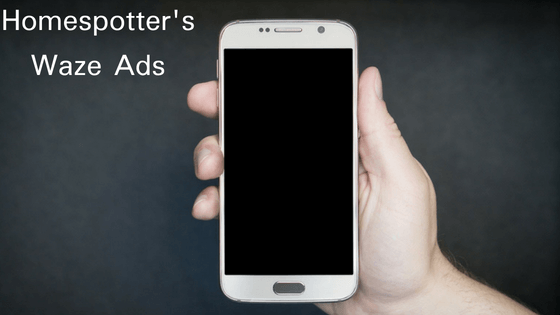New real estate technology typically hinges on other trends in the industry. This can include VR, AI, or even new products aimed to make an agent’s life easier. Today, I want to talk about a new breakthrough that takes the focus away from real estate and turns it to transportation.
How does transportation play into real estate?
In the old days, particularly before the Internet, open houses could only be advertised a few ways: in newspapers, by word-of-mouth, and by a front-lawn sign. People would see these signs as they passed by on their way to work or home from the grocery store, and those interested in moving would often show up.
Waze, a GPS navigation app in the vein of Google Maps, is the social network of driving. It’s no surprise that, to make money, it has chosen to partner with Homespotter to place open house ads on their map. The trend of open house signs dotting your commute is going digital, and I expect to see some interesting results.
What might come from this collaboration?
First, I will say that I do not expect all advertised properties to sell like hotcakes. Buying a house is still a huge commitment, and people are not going to take that more lightly, just because of ads on an app.
That being said, I think this method is a great way to reach people who are on-the-fence about purchasing a new home. Maybe they are comfortable enough at home, but they are open to researching new properties that come to their attention. These people will now have the chance to explore options more casually, which is a niche real estate sites have not mastered yet.
Furthermore, people who are looking for a home in a specific area (such as closer to work or near their parents) will have a better grasp of commute time or relative distance. It’s much easier to tell distance when looking at a small moving map, rather than a large, static one.
While Homespotter’s ads might fail, there is also a good chance they will exceed our expectations. Whenever any change comes to a social platform (which Waze is, whether you agree or not), users tend to try it out en masse. I believe most users will be curious about this new addition, and that could lead to some unexpected sales. Perhaps this will become a trend, and we’ll see more flawless social integration with our real estate advertising.

